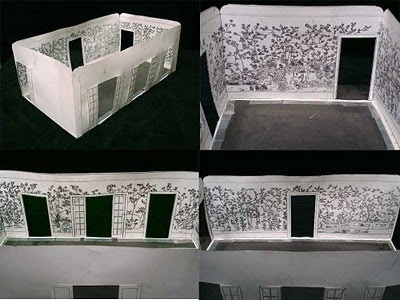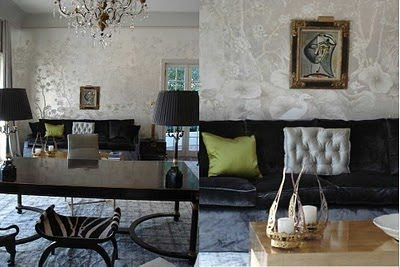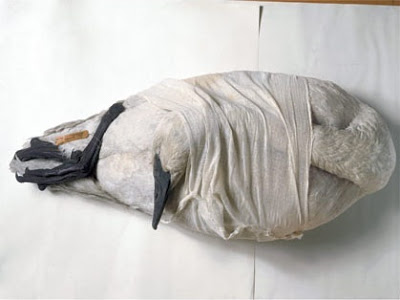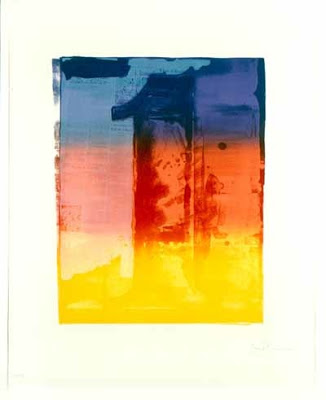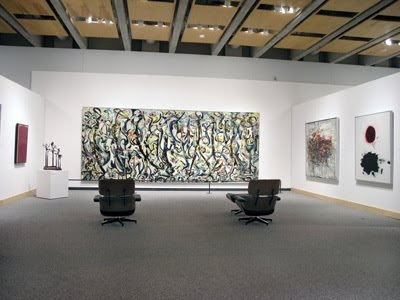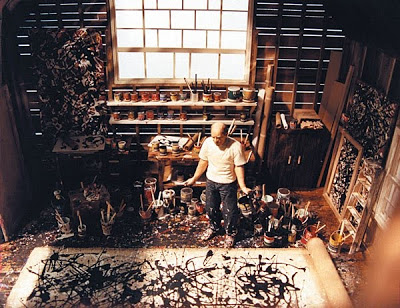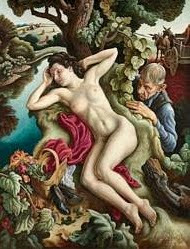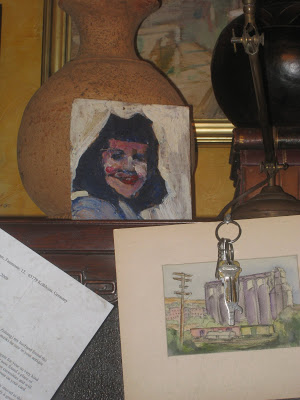I received a very thoughtful email on Friday from the Belger Art Gallery. They were closed for our monthly art walk as they are preparing for Beneath the Surface – Excavating the Belger Collection. The exhibit, which opens March 5th, will feature rarely seen works by Terry Allen, William Christenberry, Viola Frey, Jasper Johns, Creighton Michael, Ed Ruscha, Robert Stackhouse, Renee Stout, William T. Wiley and Terry Winters.
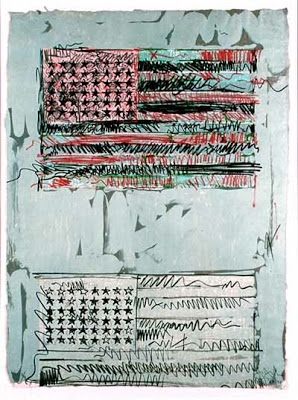
I was enchanted when I visited the Belger for their Jasper Johns show three years ago. They have the largest collection of Johns’s work, and while that was really something, they also have Mo Dickens to tell you all about it. Mr. Dickens is in their employ and he knows a heck of a lot, but when he tells you about it you feel more like you’re sitting on the front porch having a lemonade than getting a lecture about art. When I received the email I responded and asked Mr. Dickens if he could reserve a chair for me in front of the Johns pieces. There will be only a few rare etchings at this show (they were not part of the last show), but he told me of an exhibit he saw this summer.
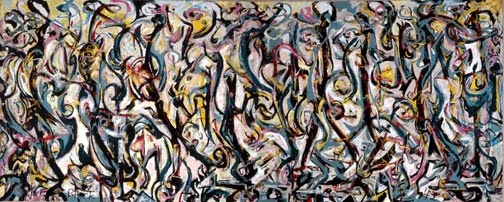
Mural, a work that Peggy Guggenheim commissioned Jackson Pollack to create for her New York townhouse, was on display at the Figge Museum in Davenport, Iowa. The piece belongs to the University of Iowa (it was a gift from Ms. Guggenheim.) Mr. Dickens informed me that a thoughtful soul had donated two Eames lounge chairs to be placed in front of the piece so visitors could sit and enjoy. And see. Rather than, say, strolling by and snapping a pic with a phone. When Mural travels the chairs travel with it.
Pollock struggled with the piece and finally pulled things together at the last minute. The show! The client! Everything banging around in his head and then he painted. And turned his work in on time. Which I like in a person as I am deadline driven myself. Myths have sprung up around it – it was cut down to fit Guggenheim’s wall, it was painted in a day – but the canvas does not support these tales.
Pollack said of the piece, “It was a stampede…[of] every animal in the American West, cows and horses and antelopes and buffaloes. Everything is charging across that goddamn surface.” Seems that would warrant taking a moment to stop and wonder.
Pollock, as many of you know, was a student of Thomas Hart Benton, a native Missourian.
Mural, completed in 1944, was a turning point for Pollock and American art as a whole; he began his drip paintings in 1947.
Top two images of pieces by Jasper Johns in the Belger collection from here, next two images of Mural courtesy of the University of Iowa, Pollock in his studio from Time Out Chicago, Persephone by Thomas Hart Benton courtesy of the Nelson-Atkins Museum of Art.









